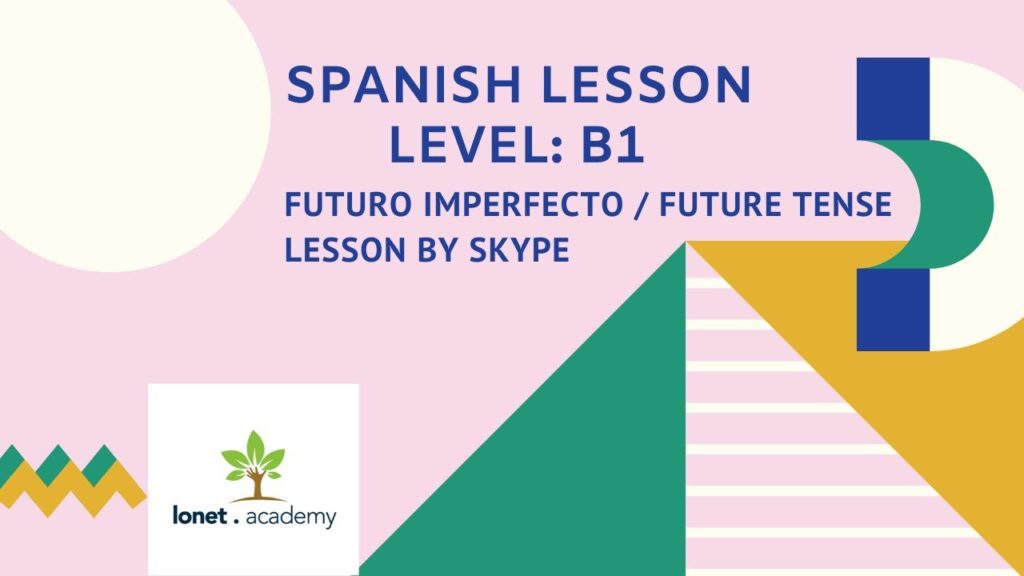
How many words are there in the Spanish language? And How Many Of Them Do I Have To Know?
Imagine a world where over 572 million people speak Spanish, making it the official language in 20 countries! Curious about the words that build this language? So, let’s explore some basics and add a touch of Spanish to your vocabulary. Let’s check, how many words are there in the Spanish language dictionary? It’s challenging to provide an exact count because language is dynamic and constantly evolving.
The Real Academia Española (RAE), the official institution responsible for overseeing the Spanish language reported 93 000 words in the Spanish dictionary in 2022.
- (roughly half of the amount that there are in English)
- with 75% of them descending from Latin
- and others taking influence from Arabic, Italian and French
- There are also modern words such as ‘wi-fi’ and ‘internet’ which are broadly the same across the globe
- New words enter every year. Here are some new Spanish words, that were added in year 2023.
How Many Words In Spanish Do I Have To Know?
So, with 93,000 words to choose from, where do you begin to know how many Spanish words you need to know? And which are most important ones to learn?
Having a vocabulary of around 1,000 to 2,000 words is often considered sufficient for basic communication in everyday situations.
With this amount of words, you will be able to engage in coherent conversations on simple topics, like introducing yourself, talking about daily activities and hobbies, ask and answer common questions, and navigate yourself in shopping. Start with some basic Spanish phrases and expresssions on YouTube.
Start with the most common Spanish words and phrases
Greetings, basic questions and answers. Phrases you would use for a weekend in a Spanish city to order food and drink. Questions and vocabulary to get around are a great place to begin learning Spanish. But it’s important to understand exactly what you are saying and how it is different from your language so that you begin to understand the structure of Spanish sentences. So, understanding basic grammar rules and sentence structures will enhance your ability to form meaningful sentences and comprehend responses.
We Highly Recommend To Learn Spanish Phrases Instead Of Single Words
Remember that language proficiency is not solely about the number of words you know; it also involves how well you can use those words in context. Immersing yourself in conversations, focus on phrases Spanish speakers use.
Memorizing the whole phrases instead of single words will expand your vocabulary and will contribute to more confident and coherent communication in Spanish.
Simply repeating phrase in its entirety without embedding its component parts will hinder your independent learning. So, for example if you break down ‘Quién es este?’ which translates as ‘Who is that?’ you’ll realise that:
- ‘Quien’ means ‘Who’,
- ‘es’ means ‘is’
- and ‘este’ means ‘that’.
By understanding each word that makes up the phrase you broaden your knowledge of the language. Thus, you can apply ‘Quien’ to other Spanish phrases. So, if somebody asked you ‘Quien se sentó ahí?’ you already know that this is a question about a person.
The more Spanish phrases you learn, the more you are able to piece things together and understand new phrases you hear or read.
Do I Need A Tutor To Learn Spanish? Or Can I Just Use Apps?
Of course, it depends on your objectives and your style of learning. Nevertheless it’s a fact that partnering with a good Spanish tutor is one of the quickest way to learn the Spanish language. Also, understanding basic grammar rules and sentence structures will enhance your ability to form meaningful sentences and comprehend responses. Of course, you can embrace self-sufficiency and improve your language skills by independent learning at a certain level. But what about improving your pronunciation? Receiving an empathetic professional feedback?
While self-study apps, such as Duolingo are a popular way of learning a language with several advantages, it’s essential to acknowledge potential disadvantages as well. Here are two drawbacks associated with learning Spanish vocabulary using apps:
Limited Context and Real-World Application:
They focuse a lot on individual exercises and sentences, which could make it hard for learners to use the language in everyday conversations. Important things like how people really talk, sayings, and cultural aspects might not be taught well, leaving a gap in practical language skills.
Overemphasis on Translation:
They use a lot of exercises where you match English and Spanish words. While translating is useful, doing it too much might make it hard for learners to really understand and use Spanish naturally. People could end up translating in their heads instead of thinking in Spanish, which can make it tough to speak fluently and without thinking too much.

With a great professional language tutor or a language coach you work on your language growth holistically. Engaging into human conversation practice, reading authentic texts, and focusing on your pronuciation. Integrating a variety of learning methods helps address the limitations of any single platform.
Trying to learn more advanced Spanish phrases in context without the support of a professional Spanish tutor is likely to result in you making mistakes without even realising it. Self-studying is a great way up to a certain level, at which you start teaching yourself something that you don’t really know how it works.

Conclusion
As we conclude our exploration into the world of 93 000 Spanish words and the question of how many of them are worth to learn, remember that language learning is not about competing with yourself in memorization. Embrace it with enthusiasm and purpose. Don’t obssess over calculating how many words you’ve learned.
Every phrase you learn in Spanish opens a door to new cultures and connections. It’s like discovering a treasure chest that expands our understanding and brings you closer to the world. Beyond the numbers, each phrase you learn is a doorway to a cultural treasure trove, fostering connections and broadening our horizons.
Remember, it’s not just about memorization; it’s about the joy of communication and the stories we unlock with each word mastered. So, let’s relish the process, enjoy the richness of the language, and savor the rewarding path of language mastery. ¡Vamos! (Let’s go!)
Read Lonet.Academy blog how to learn languages. Related articles:
Go beyond “lo siento” and learn how to say I am sorry in Spanish in 15 different ways
Learn Spanish to get good job in international company!
Formula from Lonet.Academy on how to learn a language quickly